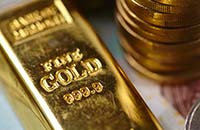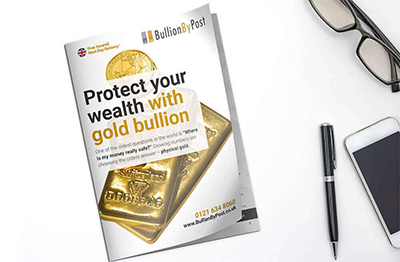Maundy Money
Monday Money is distributed as part of Royal Maundy – a religious service taking place on Maundy Thursday. The tradition stretches back over 800 years, and Maundy Money has been a part of the service since 1213.
Maundy money is handed out by the monarch of the time, and was traditionally struck in silver. Denominations are always one penny, two pence, three pence, and four pence. Maundy coin sets are very rare; usually fewer than 2,000 sets are given, and this makes them incredibly valuable. Collectors regularly pay high prices for such a rare set of coins, with additional numismatic added due to being handled by the monarch.
What is Maundy money?
.
The Maundy ceremony is inspired by Christian tradition, in which Jesus washed the feet of his disciples at the Last Supper. The Royal Maundy ceremony was first recorded in 1210 when King John gave gifts of clothing and food to the poor of Knaresborough in Yorkshire. Three years later John was recorded to have given gifts of silver coins, beginning the tradition of Maundy Money.
The ceremony continued to evolve throughout the middle ages, with Henry IV declaring that the amount of Maundy Money given should be equivalent to the age of the monarch. The washing of feet was obviously controversial, and often the poor people selected would have their feet washed several times before the monarch performed the pedilavium (feet-washing ceremony). The act would not last beyond the 18th century.
Current monarch, Queen Elizabeth II, has attended all but four years during her reign, presenting coins to people who have shown dedicated service to the church, rather than poverty. Maundy money is usually presented in two leather purses, a white purse holds the traditional Maundy coins, and a red holds a specially struck 50p and £5 coin.
During the Victorian era more Maundy money was produced than needed, as demand from Mint officials, and Queen Victoria herself was high. The resale of Maundy Money became so great in the 1960s however that the Royal Mint began restricting the production of the sets. Today only a few special sets are available to Mint staff and officials, beyond those gifted to recipients in the Royal Maundy ceremony. Maundy money is a very special piece of numismatic history, and will make incredibly unique additions to any collections.












